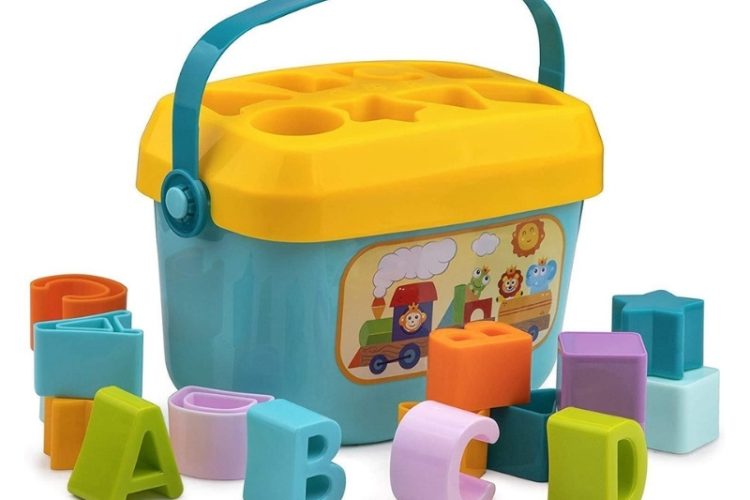Importing Baby’s First Blocks from Vietnam is now becoming a smart choice for global buyers who seek safe, high-quality, and competitively priced educational toys. But how do you find reliable suppliers, check safety standards, and manage shipping efficiently if you have no experience before?
This guide will show you detailed procedures to help you import Baby’s first blocks from Vietnam smoothly and safely.
Understanding the global demand for baby educational blocks
The global market for baby educational blocks is experiencing rapid growth. It stems from the increasing awareness of parents worldwide about how these toys support their child’s cognitive growth and overall development.
Besides, increasing household incomes and the rapid expansion of online retail platforms are making high-quality educational toys more accessible to families worldwide. In particular, parents today are seeking toys that are safe, eco-friendly, and focused on learning rather than simple entertainment.
The global market size for baby educational blocks was valued at USD 66.22 billion in 2024 and is expected to reach USD 126.02 billion by 2032. On average, families in the U.S. spent about $24 billion annually on toys, with $3.1 billion of that for infant and preschool-age items. This creates a great opportunity for businesses to offer products that meet the growing needs of parents.
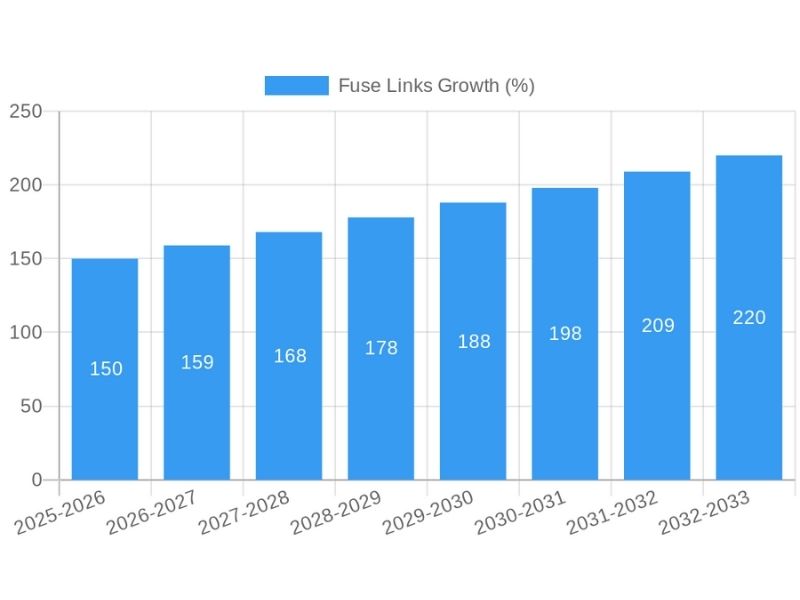
Source: datainsightsmarket
Why import baby’s first blocks from Vietnam
Vietnam has emerged as a leading exporter of baby’s first blocks to markets around the world, thanks to its strong manufacturing base, skilled workforce, and commitment to product safety. With growing global demand for educational baby products, Vietnam has become a trusted sourcing destination for importers.
Here are some key reasons why importers should consider sourcing Baby’s first blocks from Vietnam:
- Vietnam has many strong manufacturers equipped with a highly skilled and cost-effective labor force. According to the General Statistics Office of Vietnam, manufacturing wages are about 30 to 50 percent lower than in China, helping reduce overall production expenses. They also have a well-developed network of local suppliers for materials such as wood and plastic, which helps lower input costs and shorten production time. These advantages make Vietnam capable of producing and supplying toys at highly competitive prices in the international market.
- Baby’s first blocks made in Vietnam follow international safety standards such as CE, ASTM, and ISO 8124. These certifications allow them to be exported to major markets like the United States and Europe, where safety laws are very strict.
- The Vietnamese government actively supports exporters through tax incentives, simplified customs procedures, and participation in multiple free trade agreements. These policies make Vietnam a more affordable and efficient sourcing destination.
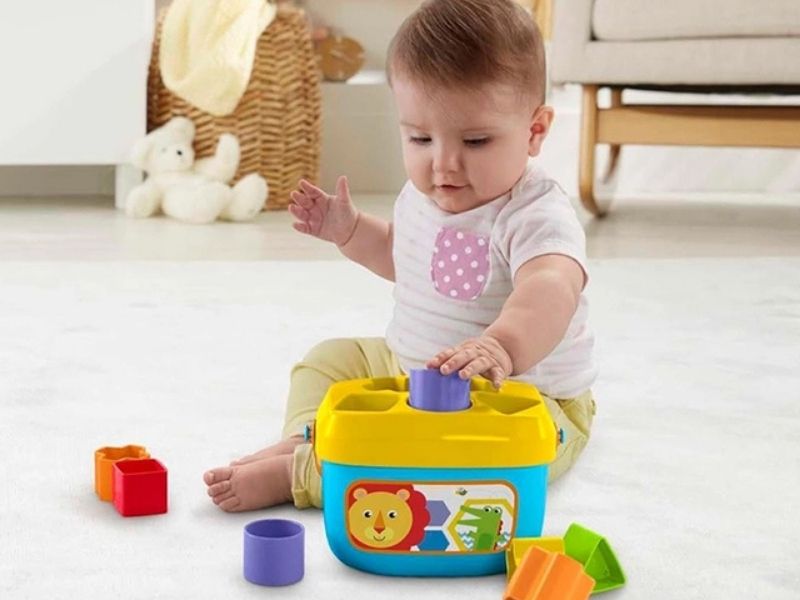
The process of importing baby’s first blocks from Vietnam
Importing baby’s first blocks from Vietnam requires planning and attention to detail. Understanding the full process helps importers reduce risks, control costs, and guarantee that every product meets international safety and quality standards. The following steps outline how to manage the entire import process effectively:
Step 1: Find verified baby’s first blocks manufacturers
Choosing the right supplier is one of and foremost steps when importing baby’s first blocks. Reliable suppliers help ensure consistent product quality, on-time delivery, and smooth customs clearance.
You can find reliable Vietnam baby’s first blocks through many Binh Duong, Dong Nai, and Ho Chi Minh City, which are well-known manufacturing zones for wooden and plastic toys. Furthermore, you can find it through online platforms like Alibaba, Vinasources, or by visiting trade fairs and sourcing events such as the Vietnam International Toys and Baby Products Fair or Vietnam Expo, where factories showcase certified products ready for export.
When reviewing a supplier, you should ask key questions such as:
- Do they have a valid business registration and export license?
- Are they transparent about pricing, production timelines, and payment terms?
- What kind of quality control process do they follow during production?
- Can they show certificates or testing reports for toy safety standards such as EN71, ASTM F963, or ISO 8124?
- How do they handle defective products or late deliveries?
Evaluating these points carefully helps you identify trustworthy suppliers and avoid costly mistakes. If the supplier meets all your requirements and expectations, it can make your business operations easier. You will have consistent product quality, fewer risks during production and shipping, and a more stable and reliable supply chain overall.

Step 2: Request samples and evaluate quality
After identifying potential suppliers, always remember to request product samples before placing any order. Samples help you evaluate what the final baby’s first blocks will look like, such as material quality, color accuracy, and finishing, to ensure the toy meets your expectations. It is especially important when sourcing online because you can not physically inspect the products or the factory in person. Photos and listings may look appealing, but they often do not reflect the real quality or material. In addition, approving a sample creates a clear production reference, helping you avoid misunderstandings and ensuring all future shipments match the approved quality.
You can follow these steps to request product samples effectively and ensure your order meets your expectations:
- Describe your sample requirements clearly by sending the supplier a detailed request. Include the product name, model, material, size, and color you want to test. Mention if you need specific packaging or branding, such as logos or custom labels.
- Specify customization details if your order requires them.
- Discuss any costs associated with the sample, like sample charges and shipping expenses. Some suppliers may charge a small fee, especially for customized samples. You can also negotiate these costs politely because many factories are willing to refund or deduct sample fees from your first bulk order if you proceed with them later.
- Confirm delivery dates so you can receive the sample in time for your decision-making process.
When the sample arrives, inspect it carefully to see if it meets your standards. Check the appearance for color accuracy, finish, and any visible defects. Compare it with your initial specifications to confirm that all details match. Then, test the functionality and durability of the product to ensure it performs as expected under normal use. Finally, review the packaging and presentation, making sure it protects the item and reflects good quality control. If the sample meets all requirements, you can move forward confidently with your bulk order.
Step 3: Negotiate and make a contract
Once you approve the product sample, start discussing business terms with your supplier. By negotiating carefully, you can prevent misunderstandings and protect your business from unexpected costs.
After completing the negotiation, all agreed-upon terms should be written clearly in a formal contract to ensure they are legally binding and transparent. You should carefully review the following points before signing:
- Product details
- Quantity and price
- Payment terms
- Trade terms
- Production timeline
- Penalties for late delivery, poor quality, or order cancellation, and dispute resolution
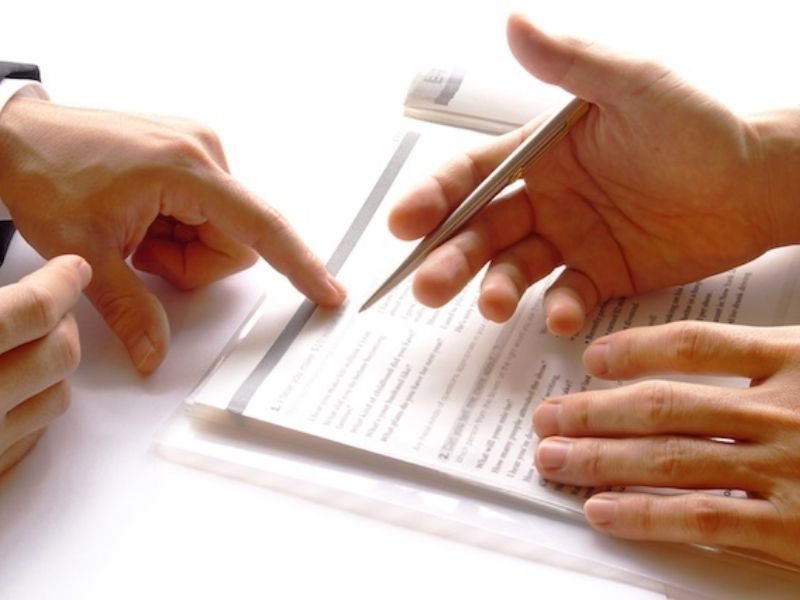
Step 4: Place order, monitor production, and conduct inspection
Send a purchase order to the supplier that clearly lists all product details, including quantity, price, packaging, and delivery terms. Make sure the information in the purchase order matches the signed contract. After the order is confirmed, it is important to monitor the production process closely. Maintain regular communication with your supplier and ask for updates at each production stage. You can visit in person or request photos or short videos to check the progress and ensure that everything follows the approved specifications. Staying in touch helps you identify problems early, such as delays, material changes, or design errors, so they can be fixed before shipment.
In case you are sourcing online, consider working through a trusted third-party agency. These agencies act as your eyes on the ground in Vietnam. They can verify the supplier’s legitimacy, inspect factory conditions, and monitor production progress on your behalf, ensuring that products match your approved samples and meet safety standards. Partnering with a reliable third party helps you maintain control over quality, avoid fraud, and build confidence in your supplier without needing to travel.
Step 5: Arrange logistics and customs clearance
After inspection, arrange the most suitable shipping method and prepare all required customs documents. This ensures your goods move smoothly through export and import procedures. Before the shipment arrives at your destination port, you should prepare the following essential documents:
- Commercial invoice
- Packing list
- Bill of lading (for sea freight) or Airway Bill (for air freight)
- Import license
- Insurance Certificate
- Further certificates, if required
Key issues to consider before importing baby’s first blocks from Vietnam
Product quality and safety
You have to pay close attention to product quality and safety when importing baby’s first blocks from Vietnam because these products are used directly by young children. Poor-quality materials or unsafe designs can pose serious health risks, such as choking or chemical exposure.
Most countries, including the U.S. and those in the EU, have strict safety regulations like CPSIA, ASTM F963, and EN71 that imported toys must meet. Failing to comply with these standards can result in shipment rejection, fines, or even product recalls.
Logistics and shipping considerations
Logistics and shipping are key issues that you need to consider when importing children’s toys from Vietnam. The long distance between Vietnam and major markets such as the U.S. or the U.K. makes international shipping complex. Transit times can be affected by weather conditions, port congestion, or customs delays, all of which can cause late deliveries.
Another major concern is the risk of product damage during transit. Children’s toys, especially baby blocks, are often lightweight but can break or deform if packed incorrectly. Rough handling, moisture exposure, or poor container conditions can also affect product quality before arrival. You should ensure that suppliers use sturdy packaging materials, moisture protection, and proper labeling to keep the goods safe during transport.
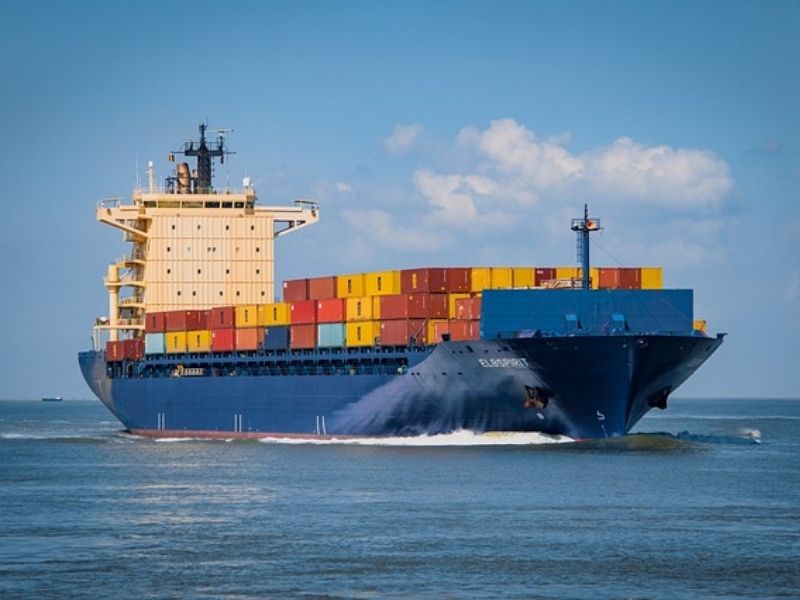
Supplier reliability and communication barriers
Choosing an unreliable supplier can lead to serious problems such as production delays, inconsistent product quality, or late shipments. To avoid these problems, you should thoroughly vet suppliers before signing any agreement. Always check the supplier’s business registration, export history, and factory certifications. Request samples to evaluate product quality and confirm compliance with safety standards.
In addition, communication barriers can also make the import process difficult. Language differences, time zone gaps, and unclear instructions can often lead to misunderstandings about product specifications, packaging, or delivery terms. Without clear communication, even small mistakes can cause major problems, such as incorrect labeling or the wrong color and size of toys.
Tariffs, Taxes, and Duties
Tariffs, taxes, and duties have a direct impact on total costs and profit margins. Incorrect tax calculation or document errors can cause customs delays, shipment holds, or extra charges. Therefore, you need to determine the exact HS code (9503 for toys) to avoid overpayment or penalties. Check country-specific trade rules and make sure to provide a valid certificate of origin to qualify for tariff reductions under EVFTA, CPTPP, or RCEP. Understand your Incoterms clearly, as they define who pays for shipping, insurance, and taxes.
Partnering with VinaSources for Streamlined Import Baby’s first blocks Operations
Finding a reliable sourcing partner is one of the biggest challenges for many importers. Some still rely on open online marketplaces to search for suppliers. These platforms may appear convenient, but they often come with serious risks. Without proper verification, importers can face unreliable suppliers, inconsistent product quality, hidden costs, and poor communication. There are very few platforms, such as Alibaba, that offer verification tools to confirm a factory’s legitimacy or production capability. Moreover, language barriers and time zone differences make it even harder to clarify product specifications or solve problems promptly during production.
VinaSources was built to solve these problems. We connect various verified, export-ready baby’s first blocks manufacturers in Vietnam. Every supplier on the platform is screened for factory legitimacy, safety compliance, and export experience. We also provide end-to-end support, from sourcing to quality control, logistics to compliance. With VinaSources, you no longer need to take risks or waste time searching blindly.
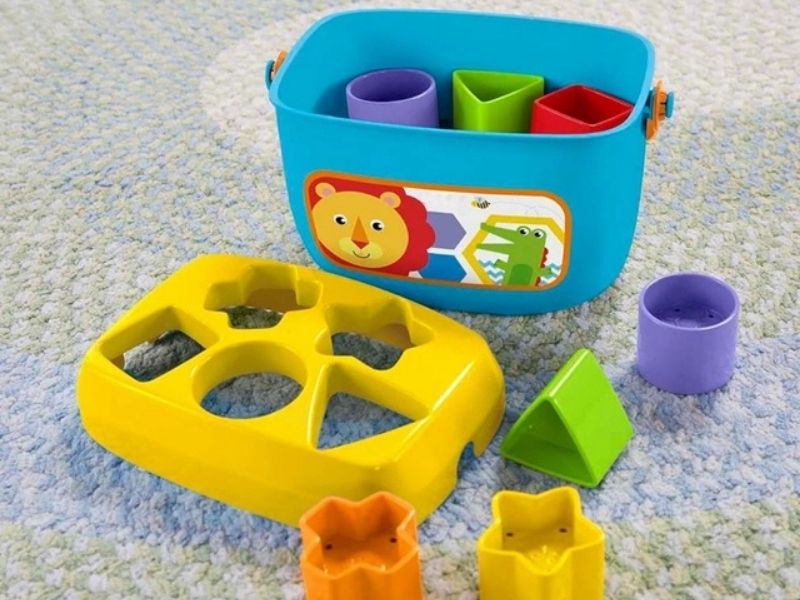
Here’s how importing Baby’s first blocks from VinaSources looks like:
- Browse our collection of Baby’s First Blocks or send us your specific requirements, including product type, quantity, target price, and any special details.
- We source quotations from multiple trusted and verified manufacturers in Vietnam and present you with a shortlist of the best options that match your requirements.
- Once you select a supplier, we help finalize the order and ensure all production details meet your expectations.
- We take care of the entire export process, including quality inspection, documentation, shipping, tracking, and warehousing if required.
Submit your RFQ and receive multiple verified quotes today!
